The day I reached Chichham saw quite a bit of sleet and snow till early afternoon and it eased up by evening. Next morning was clear and most of the snow had melted. It was 1000 m higher than Chitkul with even less greenery due to altitude and season. The place is normally under snow even in April but most of the mountains were bare and brown due to low snowfall except a few patches. The fields were still empty and the agricultural work had not started either.
The guesthouse I was staying in was run by a family of teachers and their two daughters. They had a relative and one young guy from Bihar who didn’t talk much staying with them to help with the household work and farming. They lived on the ground floor and I was given a room above that. There was one more floor above and there were 4-5 rooms in each but I was the only one staying there. I was told that some people shooting a wildlife documentary for Netflix were staying there before my arrival, but most had left the village 3-4 days back. I did see some of them carrying their camera gear with huge lenses and massive tripods. The common room with a stove and floor seating served as the dining room. Life without such a stove will be quite difficult as it is used not just to heat the room but cook food too. Some reading suggested that this type of stove might have been brought in by German missionaries in Lahaul.
There isn’t much wood in the area. Only trees that I could see as far as mountains permitted were a bunch of poplar or something similar planted by villagers no more than 10-12 years back. The wood is a rationed item and is supplied to the villagers accordingly. LPG and dried dung are other fuels used in the region. I guess kerosene stoves are not a great option due to low air pressure.
The village was a quiet one with people busy with their usual household work. The only source of any noise was one or two vehicles a day which ferried people and goods to and from Kaza. As there were no Indian tourists anywhere close, it was very peaceful and without any drama. The first morning of my stay, I went up to the roof to catch some sun and warmth after a cold night. The skin on my face and hands had just stopped peeling off due to sunburn in Chitkul, so I was a bit careful. The sky was mostly clear, closer to indigo than blue and there were a few birds frolicking around. I had a half-eaten pack of biscuits and put some on the boundary wall. A curious chough landed to have a closer look and called all his friends who finished up everything within a minute. I fed them semi-regularly over the next few days and they’d always come up in 2-3 large groups and finish up everything quickly. There was only one shop in the village and even that stayed mostly closed except when the owner felt like opening it.
Meals in the guesthouse were the local food items which were great. They made a lot of varied food items like local vegetables, yak meat, tiri, kaale matar, sattu and others during my stay, most of which I’ve never seen before. They drank a lot of hot stuff like tea (salty and sweet both), sattu, soup and even hot water. Considering how cold the place was even with a full sun out, it was quite understandable. My diet was a point of concern to all the members of the household. Supposedly even a 12-13 years old girl could eat more than me, yet I seemed to be the fattest person in the whole village. People have to put in a lot of labour for the most basic chores and farming, so they stay skinny and fit unlike spoiled tourists like me. With electricity, internet, vehicles and roads, things are changing, but terrain and weather do make things difficult. The nights outside were cold and the wind made it even more so. It was not that bad inside with 2 quilts/blankets but the room itself was below freezing. The owners had an electric heater put up in my room, but it made the air too dry and I felt bad using it since it consumed so much electricity.
I went for a walk in the village on the second day and noticed a few people on the outskirts sitting on the ground hunched over. I passed from some distance away and didn’t pay much attention to it. At the moment, I thought they were just soaking up some sun or waiting for something on the farms. Later I was told that this particular area was the only patch where people could get cell phone signals and most of those people were local students attending online classes. Houses had Wireless In Local Loop (WLL) type phones which used normal GSM type SIM cards and numbers. Social media and its related paraphernalia were ubiquitous with selfies, likes kind of stuff popular with local kids. A group of four small children pointed to the camera around my neck and asked me to take their “selfies”. This generation never learned the term photograph or photo or picture.
My walk didn’t last very long though as the melting snow had left large puddles of mud everywhere, some of which were deep enough to cover my boots completely. Rubbing snow cleaned them but it was also very slippery, more so on slopes. So I cut my walk short and went back to the guesthouse to read something. I was carrying a Kindle and it still had quite a bit of unread books, enough for 3-4 weeks or perhaps more. So I spent most of the first 3-4 days reading, waiting for the terrain to get less muddy. It also allowed some time to get used to the higher altitude. By this time, I could walk around and even climb up small inclines without getting winded, but doing so on steep trails more so with snow and mud was difficult due to extra effort involved.
On the 3rd or 4th day of my arrival in Chichham, I went on a walk till the bridge area and to see a few features including the deep gorge and remnants of the old ropeway.The bridge had a few cars and minibuses full of Indian tourists and all those idiots started blasting shitty Punjabi songs and dancing. Most of them got winded quite soon and sat around trying to catch their breath. A couple of them saw me taking pictures of the gorge a bit further up and shouted at me to join them. I was already annoyed by their noise and ignored them. Walking back, I tried to take a different trail and ended up on a small street starting on the bottom of the village passing through a small labyrinth of closely spaced houses. A few friendly villagers were curious about my camera and things going on in the rest of the country, mostly virus related. Nearly all of them knew where I was staying and for how long. Interesting to see how fast the news/gossip travels in small communities like these.
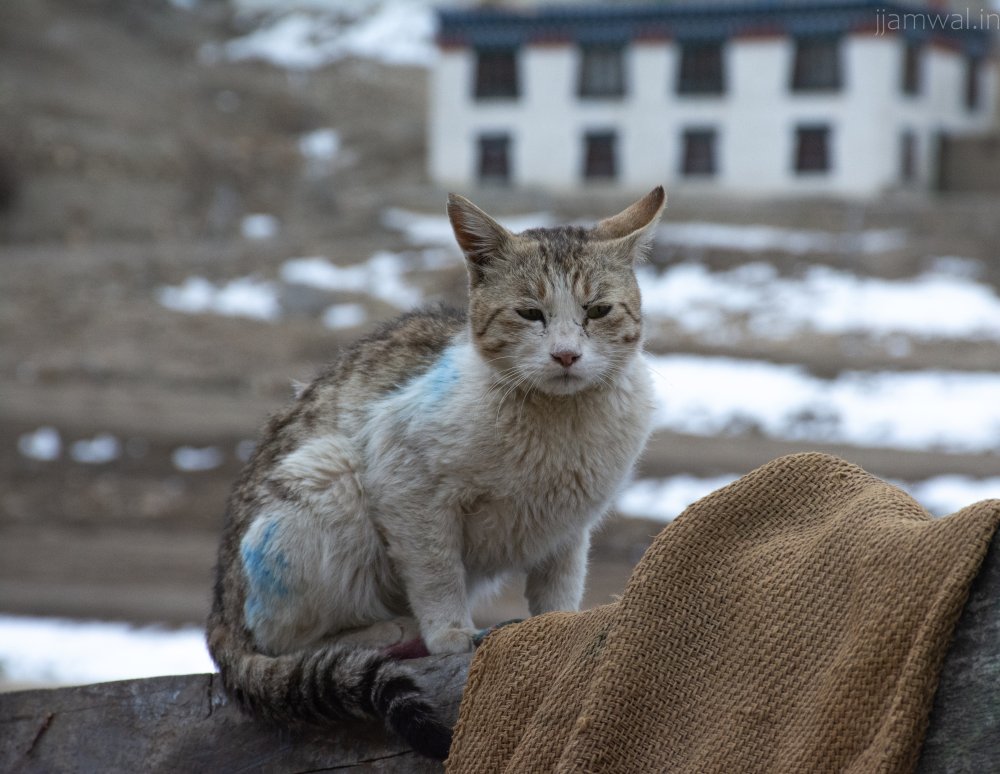
Next day, it was time for a longish hike to Gete village via Kibber. Latter was almost completely empty that day as all the residents had gone to Kee monastery to take part in some ceremony. A senior monk (llama) who lived in New Delhi had arrived along with some other monks. Locals were concerned that they’d be facing water shortage due to little snowfall and they were supposed to perform some ceremonies to solve this problem. Take whatever you want about it, but the whole area experienced heavy snowfall a few days after the completion of the ceremony. Coming back to the description of the hike, as I was passing through Kibber, a large black dog started following me and a smaller brown dog joined the party a few minutes later. I gave them some biscuits and hired them this way.
There was some farming land beyond houses and most of it was surrounded by electric fences. So I had to walk a lot further to find an open path. The dogs were mostly useless for the path finding mission and good only for gobbling down the biscuits. After walking up the hill for 20-25 minutes, I realised that almost all the path further was surrounded by the fence without any gate or big break. There were a few partial breaks and I decided to use them to cross over. I tried searching for a wooden stick to see if the wires were carrying current and realised by foolishness in a minute. Wood at 4500 m! Hiking stick was aluminum alloy but had rubber grip which worked. Luckily, the fence was not live and I managed to do so without getting electrocuted.
The fence was put up to protect the crops from herbivore wildlife like Blue Sheep and Ibexes. There was a small herd of Blue Sheep just outside Kibber and they seemed quite indifferent to my presence. The trail further up ws all churned up due to snow and movement of ice and walking was a bit difficult. After that it was mostly covered by snow which was mostly easy apart from a few stretches where it reached up to waist. By this time, the brown dog had gone back while the other one was having fun running around and playing in the snow. I named him Doggal Sahib and he seemed to respond to the new name too. It took around two hours to reach Gete from Kibber and the noise from the ceremony going on below was coming up to the steep cliff above it. But it still took crossing 2-3 ridges to reach the exact place I was searching for. The terrain there was very muddy and slippery, so had to walk slowly.

From there, I had hoped to see if it was possible to walk up to Tashi Gong. It is a small, isolated settlement of 4-5 houses and famous for a family of mystics and witch-doctors or whatever you call them. Finally, decided against it due to the condition of the trail and lack of time. Wading through deep snow had been quite tiring already.
Upon reaching back Kibber, Doggal Sahib called upon another friend of his and they walked with me up to the bridge. Dogs are mostly friendly to humans but one honestly can’t say that they are good for wildlife. Chichham used to have almost no dogs and a lot of cats, foxes and smaller wildlife before the bridge was constructed. After construction, most of them were chased away or killed by the dogs. Self-proclaimed animal lovers have a lot of concern for dogs and cats, but conveniently ignore the damage they cause to other animals and birds. Villagers told stories about the animals they used to see and cats they had as pets before construction of the bridge enabled free movement of dogs. I saw only two cats in the village and they seemingly tolerated my presence.
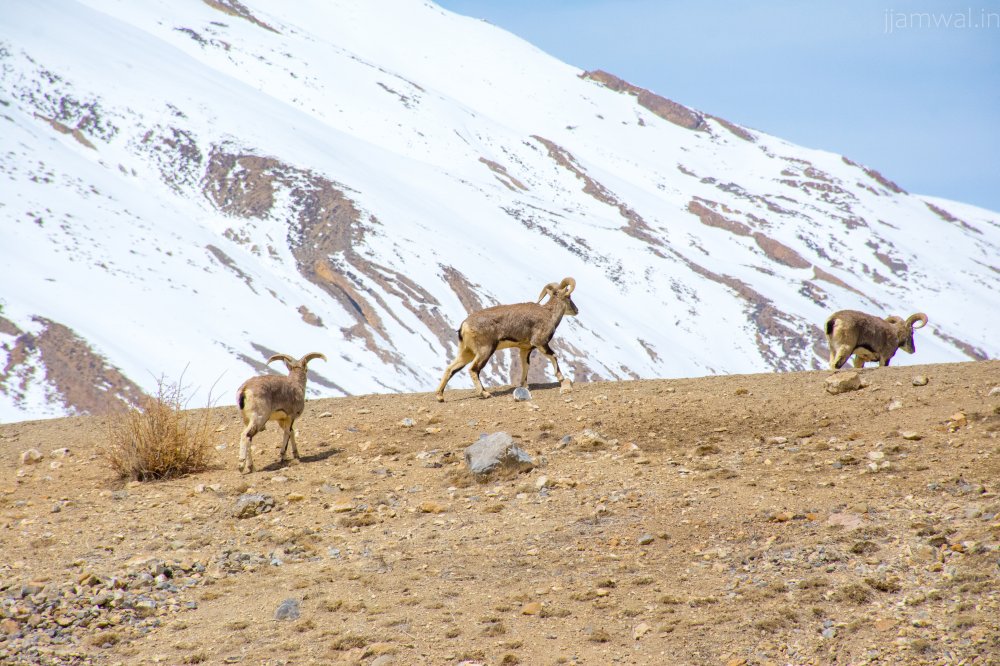
Over the next 3-4 days, I went on a few hikes in other areas. One was in the gorge and another further north from the village. The walk in the steep gorge was interesting, even if I had to keep an eye out for falling rocks and snow at many points. The river had only a little water but was too wide to jump over. Since I had to cross it 4-5 times and taking off boots and putting them on took too much time, I just threw some rocks in the water and used them to cross over. My feet still got wet in two places, but the woollen socks and insulation kept them warm. So it was not that bad. I walked till a point where falling rocks had made a small cave and blocked the route a few metres ahead.
All of the area was pretty clean apart from the one near the bridge which was covered with trash thrown by tourists as well as local villagers. Locals love to blame tourists and they are correct quite often. But they themselves are not much better either. There was a dog’s carcass wrapped in a jute bag, lots of plastic and even electronics spread all over the river bed. Villages further up including Kaza depend upon water sources like this one for their daily needs and it was full of trash barely 5 km from its source glacier with just two villages around it. Even Chicham village itself had a lot of plastic trash lying around. Since no Indian tourist had visited the place for more than a year, the blame can’t be passed on to tourists. Saw the same thing in Kinnaur and almost every other place. But no one acknowledges that they themselves contribute to the problem.
Next day, I walked a few km north from Dumley, 1-1.5 km from Kibber. A lot of Chicham residents have some farming land there and a lot of them were tilling the land for the first harvest. Some were using tractors while others had yaks. I followed a dry stream for a few hours till the light and weather permitted. There I saw a yak’s carcass that was almost picked clean by scavengers and a fox lurking around. It seemed curious but kept its distance. I saw it again on my way back and it walked around a bit closer then. There is a trail which went up to a pass connecting Laddakh, a trek of 4-6 days. When I was walking back, the skies which had been clear for 3-4 days got cloudy and it started snowing heavily. Villagers claimed that the prayer ceremony in the monastery worked. It snowed heavily for two days straight and everything was covered in snow again.

The last hike was towards south of the village over a path which led to a cave with some prehistoric paintings and local legends associated with it. The path was all full of snow and slippery mud and I only ended up reaching up to a ridge which had snow till my waist. I did find paw prints of a snow leopard, but no other traces of the animal. A local spotter had seen 3-4 of them, including a few cubs, a few days back.
I left the village after spending 13-14 days and the homestay owners sent me off with a very heavy bag of local produce. It had some local cumin (zeera), kaaley matar, sattu and a couple of other items. The day I reached Kaza experienced a fair bit of snowfall too and the road was blocked forcing me to spend two more nights there. By this time, second wave of chinese virus had started and there were very few tourists left in the city. I finally managed to get into a bus to Reckong Peo, early morning around 6 am but it reached the destination only after dark. It kept snowing till well past Nako and then raining afterwards. We had to stop in a number of places and due to falling rocks blocking the roads and one medium sized landslide. The rocks were cleared by passengers themselves but the landslide was mostly mud. Authorities sent another bus to pickup the stranded passengers and we had to cross it on foot. There was a plump little woman who got spooked due to noise caused by some sliding rocks and sprinted across all the rubble as if being chased by a tiger. A car’s driver coming behind us ignored everything in front and tried to drive across at full speed, only to get stuck after 4-5 metres. He then kept walking in the mud, staring at his handiwork and the rest of the people around.
I don’t have any pictures of this time period as I had packed up the camera in its bag and the charging cable for phone suddenly stopped working. There was a bus to Shimla waiting for us at Reckong Peo and it was supposed to reach there next morning. It got stuck too after encountering a road blockage caused by collapse of a large snowbank a few km further. The area was all dug up for construction of road and an electricity generation plant and probably contributed quite a bit to the incident. The route couldn’t be cleared till suitable machinery arrived a few hours later. We had to go back to Reckong Peo, yet we had to wait for 3-4 hours in the cold rainy weather for some people stuck on the opposite side.
It was almost 1 am by the time we reached Reckong Peo again. The power was out and my phone was all out of charge due to a faulty charging cable. We were told that the journey would resume at 5-6 am next day. The guesthouse I had stayed in earlier was all locked up and I couldn’t call the owner and I had no intention of walking around in the rain looking for another accommodation in pitch darkness getting even more wet. The property had an unlocked room outside the main building, but had no furniture and windows had no glass. Since there were not many options, I just unpacked my sleeping bag, mat and slept in it. Surprisingly, it was not that bad and I managed to catch a bit of sleep.
The road had still not opened by the time I had reached the bus-stand and had to wait for another 90 minutes. There, a group of three dogs took particular interest in me and wouldn’t leave me alone at all. The ring leader was a huge brown one, around 3 feet tall. I bought some biscuits for them, but that made them hang around in an even tighter circle. Other people there found it quite amusing.
The bus had to stop for a few minutes again at the same spot before the route was finally open and then had to take a different route through a seldom used road high above the actual one near Rakcham due to one other blockage. Unlike Spiti, that area was full of spring greenery, fragrances and the views were awesome from top of the mountains. Only drawback was the extra long path and the bus driving on a road which was barely wide enough for it. I noticed 1-2 people getting quite nervous there. The bus finally reached Shimla well past sunset and I took a proper Volvo type luxury bus back to hot New Delhi and its second lockdown. Back to the usual stuff, more or less.
~~FIN~~

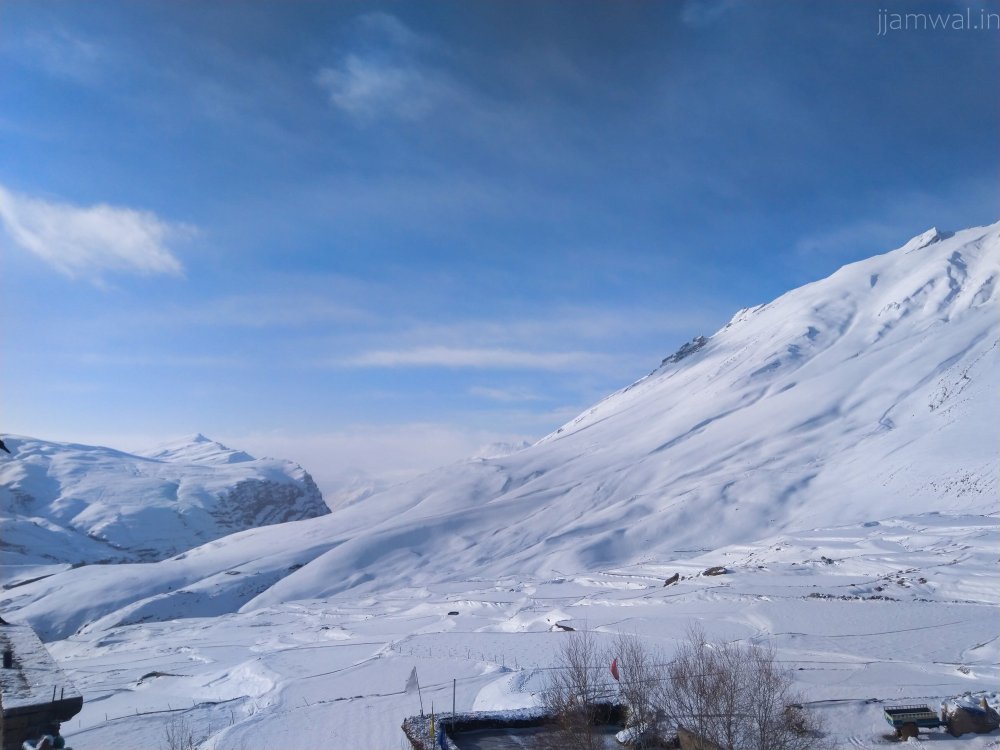
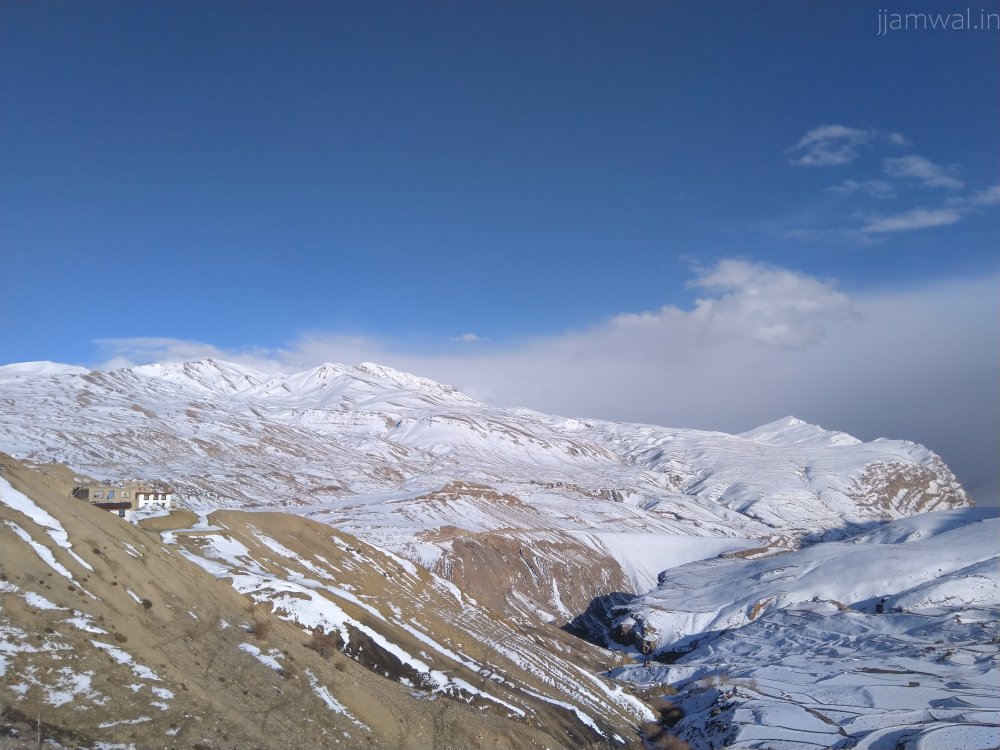
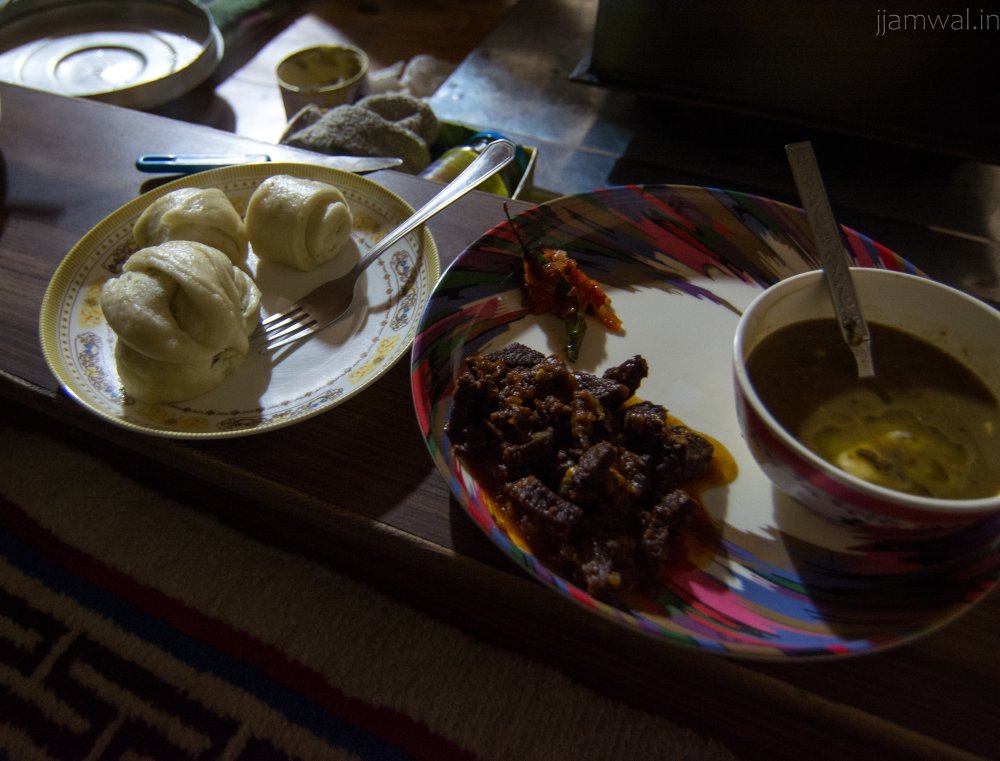
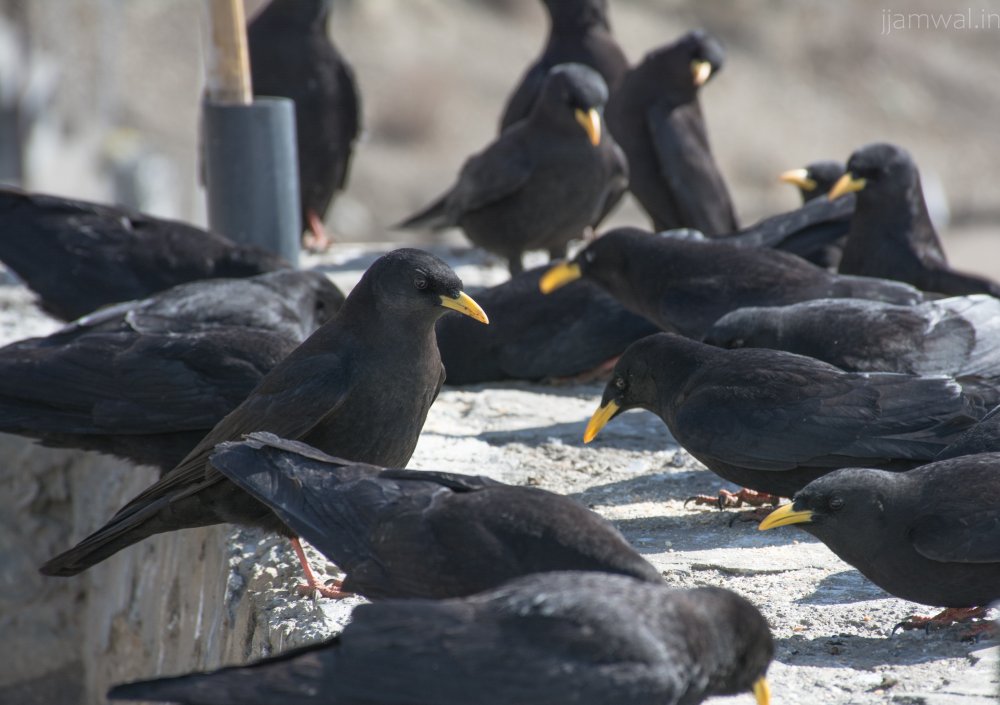





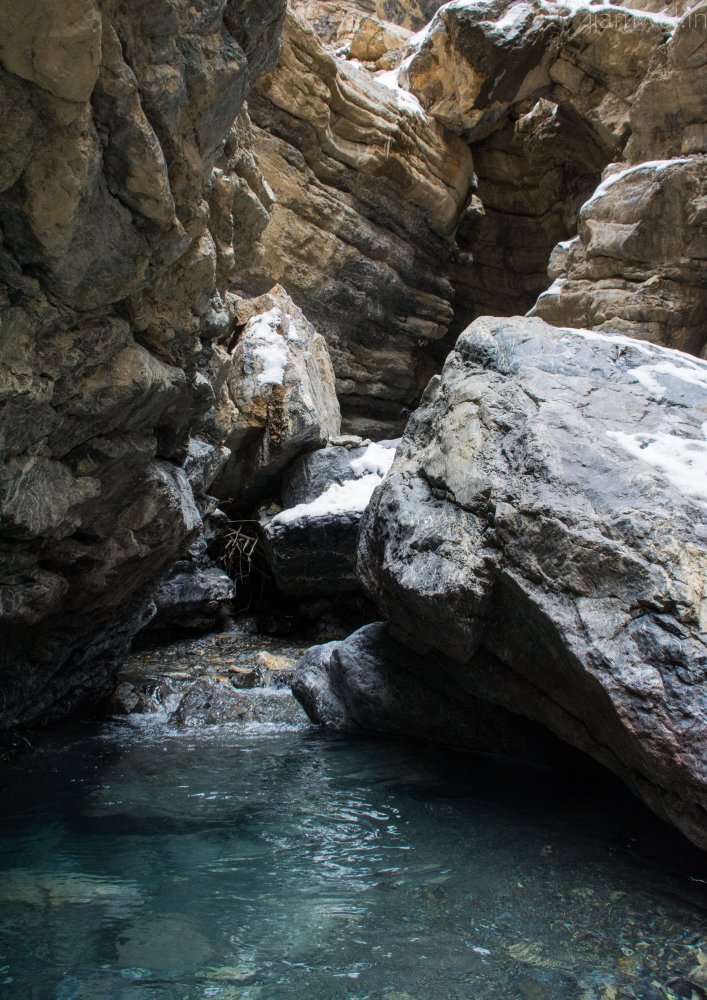






Leave a Reply